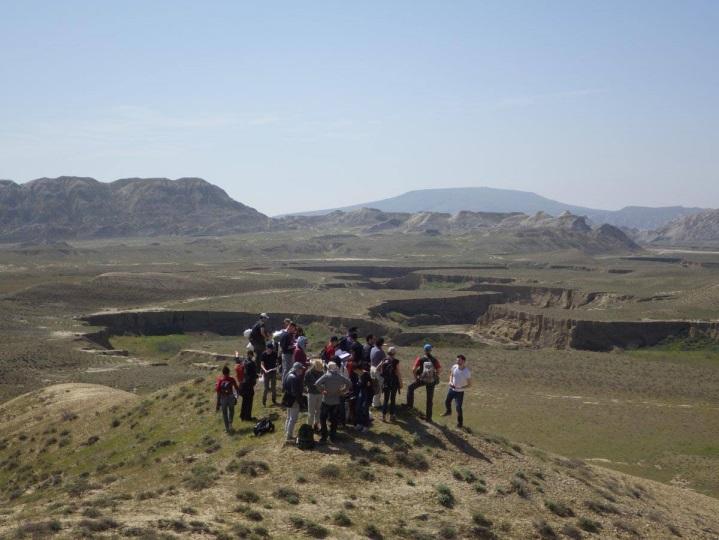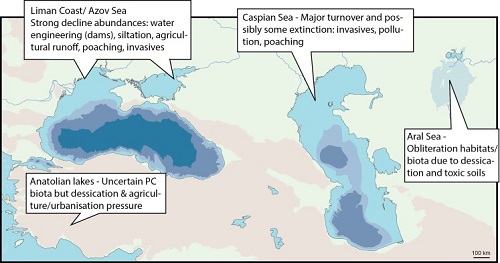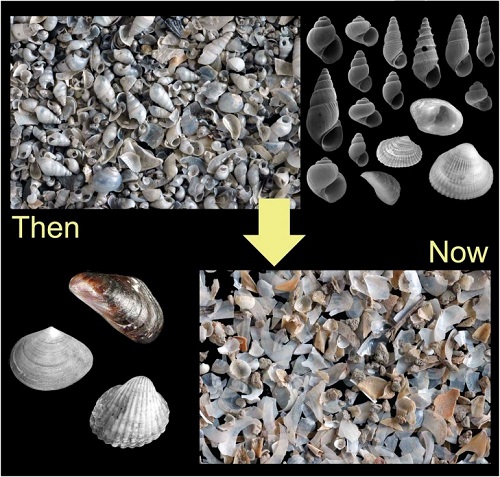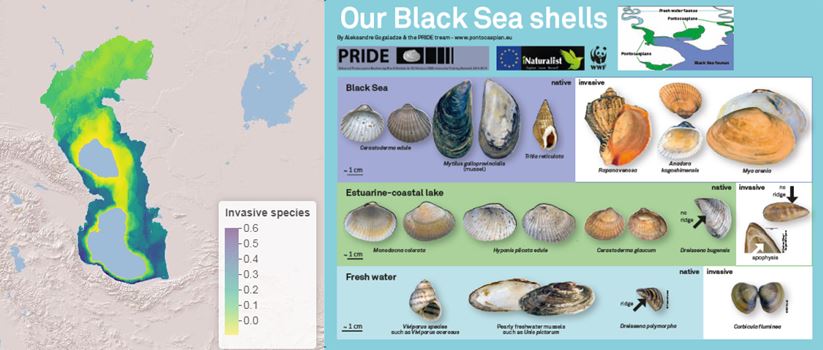
Combining climate, geology and biology to unravel drivers of lake basin and biotic evolution of the unique Pontocaspian region to understand the current biodiversity crisis. Lakes and rivers in the Caspian-Black Sea region host unique species that have evolved to live in the unusual salinity regimes and partial isolation during the past few million years. It concerns invertebrates such as molluscs and crustaceans, but also fish and the Caspian seal. These so-called Pontocaspian faunas are currently under severe pressure, with species disappearing and communities in disarray.
Between 2015 and 2019 we investigate with 15 Early Stage Researchers and a large network of institutes and researchers the evolution of lake basins in the Pontocaspian region, the evolution of the Pontocaspian faunas (focusing on drivers of past turnover events and recovery) and the nature and outlook of the current biodiversity crisis as part of our EU-ITN “PRIDE” program (www.pontocaspian.eu).

From the geological record we learned that past turnover events coincided with habitat obliteration events as well as episodic strong reduction of habitats during e.g. extreme lake lowstand episodes. Climate in the Pontocaspian region but also on the wider continent drove lake level changes as did tectonic processes. Prolonged isolation and episodic connections occurred each affecting faunas in their own ways. In the past two million years the Caspian Sea became the center of evolution of Pontocaspian biota. The demise of Caspian biota in the 20th century is mostly linked to invasive species outcompeting native and endemic species.

We have made estimates of the extent of the crisis, identified several potential refugia and pioneered outreach programs. After 2019 we aim to continue with a Pontocaspian biodiversity network to expand biodiversity programs.

Major papers concern Krijgsman et al. (2018) providing a regional stratigraphic overview and paleogeographic history of the Pontocaspian and Wesselingh et al. (2019) providing an estimate of the species richness of the Pontocaspian mollusc faunas. A paper by Van de Velde et al. (2019, open review ) shows the strong demise of Pontocaspian biota in the Black Sea region. This year, new landmark papers on the drivers of Caspian lake basin evolution (Jorissen et al.), implications of lake levels from regional climate simulations (Nandini et al.), anthropogenic impacts in the Caspian Sea (Lattuada et al.) and conservation stakeholder network analyses in the Black Sea region (Gogaladze et al.) will become available.
PRIDE that has received funding from the European Union's Horizon 2020 research and innovation program under the Marie Sklodowska-Curie grant agreement No 642973.
Read more on NatureToday.